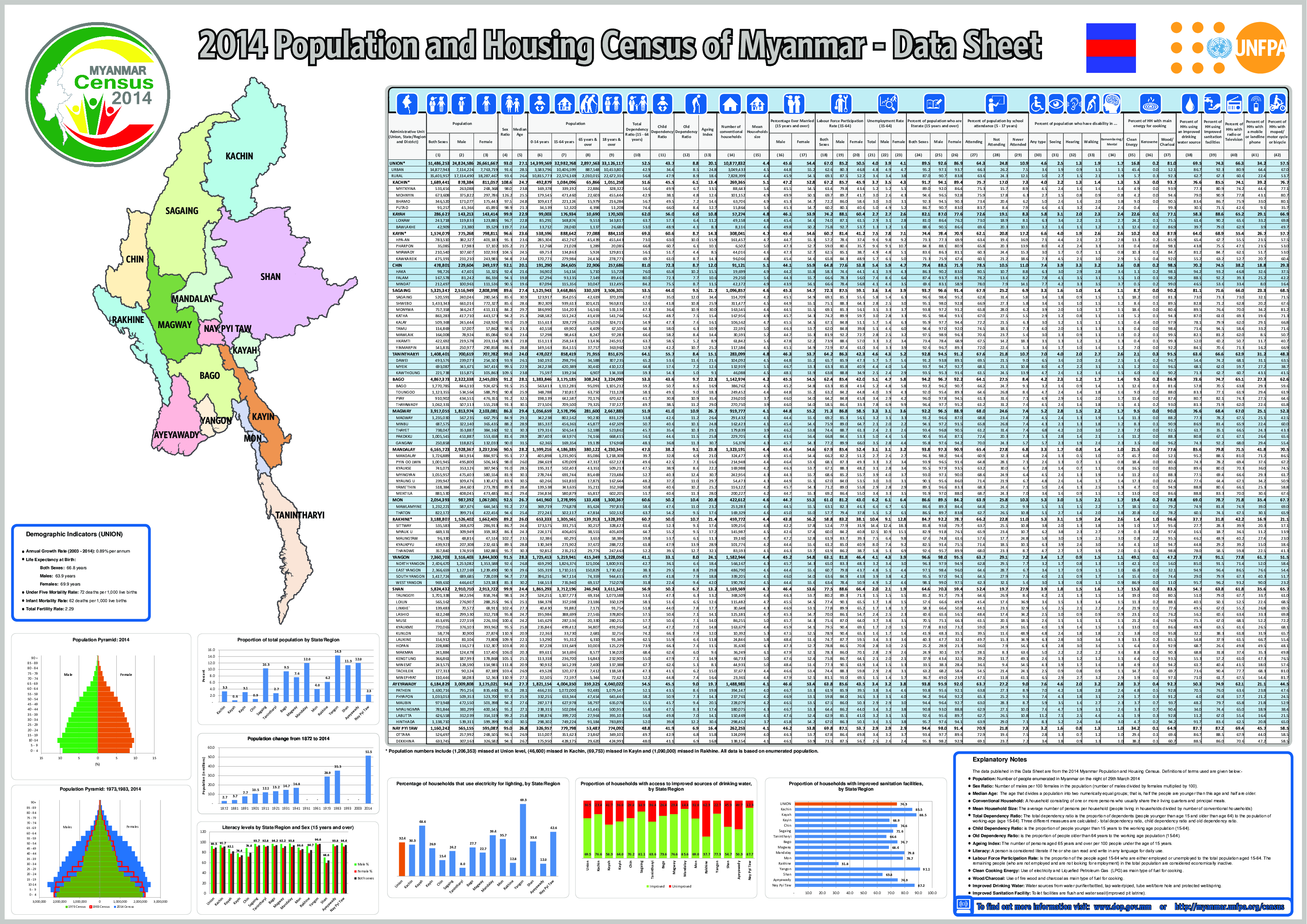
The non-violent movement reached its apex in March–April. What was new after this year’s military coup was the intensity of the protests in the regions and cities where the ethnic Bamar are dominant, as well as in the Kachin, Kayah, Kayin and Chin States. In 2016–17, it raped, murdered and burned the villages of the Rohingya in Rakhine State, driving 800,000 across the border to Bangladesh. In the 1990s, it killed much greater numbers of civilians when defeating the Mong Tai Army in Shan State and destroying the strongholds of the Karen National Union (KNU) in Kayin State. In 1988, it crushed a revolt in Yangon, killing thousands. After some hesitation, the military (Tatmadaw) launched a brutal crackdown. From protests to armed struggleįollowing Myanmar’s military coup on 1 February 2021, an unprecedented non-violent Civil Disobedience Movement (CDM) emerged and spread to most of the country. Preventive diplomacy is needed to stop the country’s descent into omnipresent civil war. They see themselves as pursuing a nation-wide resistance.

Amidst a spiraling economic, social and health crisis, armed fighting is no longer confined to ethnic minority areas but has cropped up in cities and regions where the ethnic Bamar are in majority. A new conflict pattern has appeared in Myanmar.


 0 kommentar(er)
0 kommentar(er)
